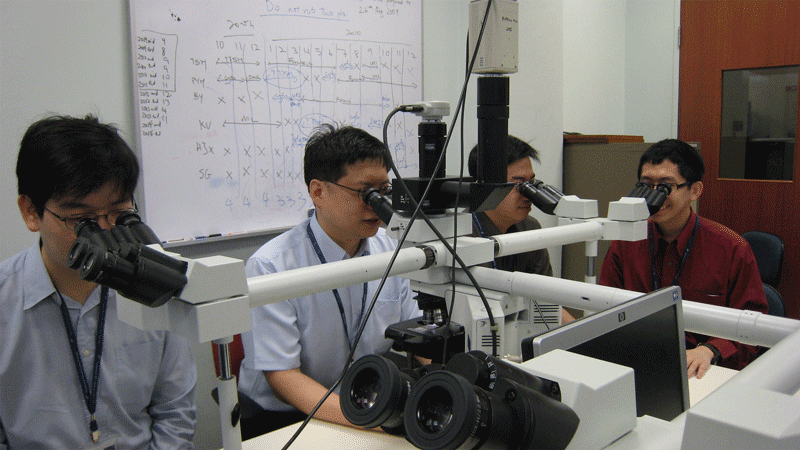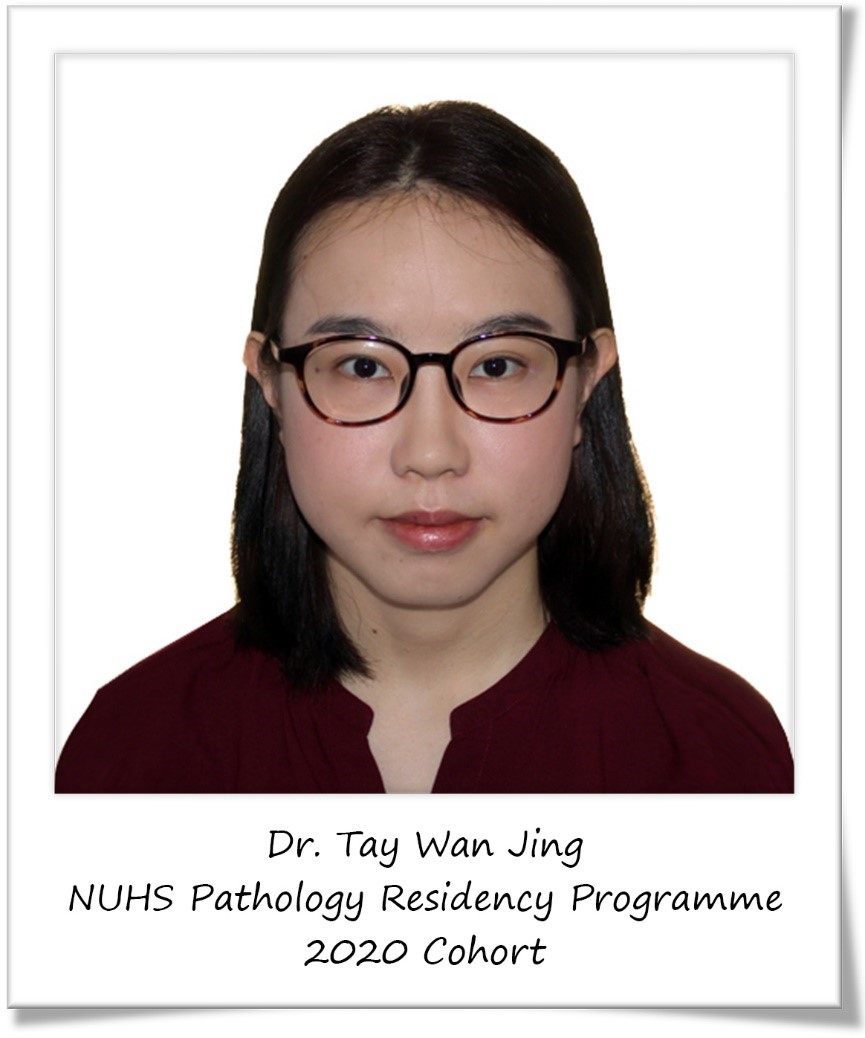
About Pathology
Surgical pathology has played and will continue to play an increasingly critical role in modern health care. However, the demands and nature of the pathology workload have also grown increasingly complex. As practicing pathologists, we feel a constant need to update and keep abreast of new discoveries and requirements that are modifying our practice and thinking. To prepare for these challenges, it is critically important that the aspiring pathology trainee receives comprehensive training in an environment that combines a long tradition of academic teaching, mentorship and active research.
The NUHS Pathology Residency Programme has a dedicated team of highly experienced pathologists and scientists who are very keen to mentor and train residents to ensure that they are prepared for the challenges ahead. The department comprises Histopathology, Cytopathology, Electron microscopy and Diagnostic molecular pathology services. There is also close affiliation with other state of the art research laboratories (e.g. NUS and ASTAR), which provides ample opportunities for research collaboration.
Rotations
There is a comprehensive range of surgical pathology and cytology cases that allow exposure to a very broad range of clinical material from common routine specimens to rare and unusual diseases and tumours. Furthermore, the faculty has sub-specialty interests that give residents the opportunity to undergo in-depth training in each discipline. The department also has a vibrant and dynamic integrated molecular diagnostic service that allows residents to gain training in molecular pathology, a rare opportunity, not readily available in most institutions. This morpho-molecular diagnostic approach increasingly forms the backbone of how we diagnose and treat cancer in modern medicine.
Finally, our faculty provides diverse role models for residents and has a proven track record for the highest quality standards of teaching.























